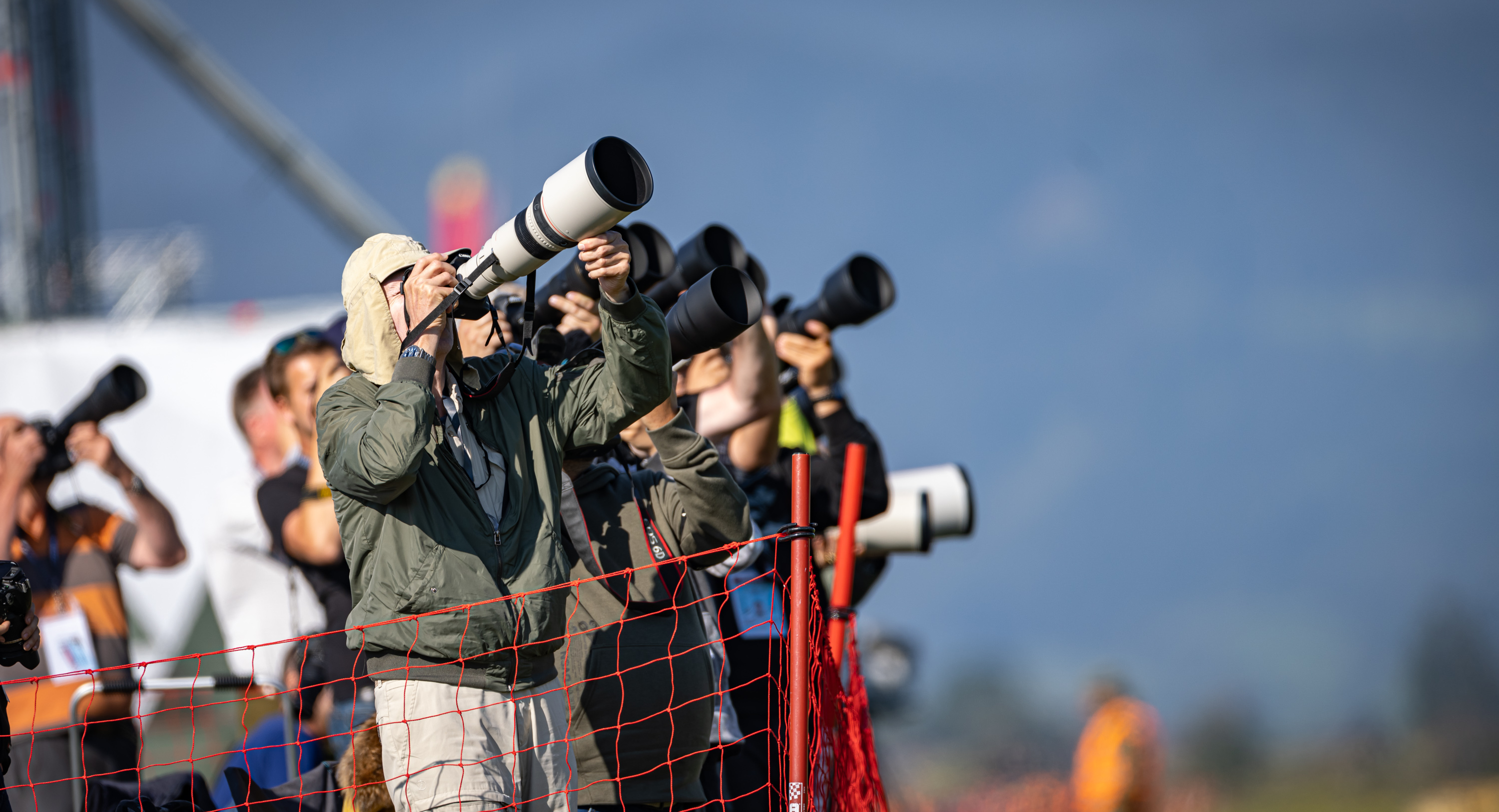
The B-25 is one of the most dazzling birds ever built in the USA. Many stories revolve around the famous twin-engine “Mitchell”, which received its nickname in honour of General William Mitchell.
There’s the story of a $200,000 Mitchell changing hands for a whole $10, but which never ended up in the owner’s possession. On January 31, 1956 a B-25N was gliding over the Homestead Grays Bridge in Pittsburgh (Pennsylvania) after its engines failed due to a fuel shortage. It had to make an emergency landing against the icy stream of the Monongahela River.
In a dramatic rescue operation, four crew members were rescued before the plane drifted two kilometres downstream and finally sinking 17 minutes later. The Mitchell was not found despite an extensive search. Nine months later, on 9th November, the search was abandoned and the Air Force auctioned the rights to the aircraft for what would now be over a million dollars. The only interested party, John Evans, a Pittsburgh seaplane pilot, was awarded the contract for just ten dollars. He spared no expense or effort to find the missing wreck. Divers searched absolutely everywhere. All sorts of things were found at the bottom of the Monongahela, just not a 15-ton bomber.
“It was as if it never existed.” One theory surrounds the lost B-25. There is an underground river running through the city. It also flows under the “Mon” River. Many Pittsburghers still believe today that the missing plane must have been swallowed by this mysterious river and has found its resting place there.
Or the story of April 18, 1942. It was to be one of the most spectacular missions ever to take place on an aircraft carrier. One for the history books, like the Doolittle Raid. The name is from US Lieutenant James H. Doolittle, who was regarded as an excellent aircraft technician. Sixteen B-25 Mitchells were to fly to Japan that day from the USS Hornet.
However, with a take-off weight of a good 15 tons, the bombers were simply not designed to take off from an aircraft carrier. Thus, without further ado, the Mitchells were disarmed under Doolittle’s supervision. In order to make the machines lighter, all superfluous parts and larger tanks were removed. For example, the onboard guns were replaced with black broomsticks to deceive enemy fighters. The B-25s were the first bombers to successfully take off from an aircraft carrier’s deck with a runway length of just 250 metres.
North American Aviation produced almost 10,000 B-25 series aircraft between 1941 and 1945. The twin tail is striking. But its trademarks are the glazed nose and the stern with onboard guns. Some versions had a turning turret on the top and bottom of the fuselage instead of at the stern position. This model was used in the Pacific Doolittle Raid.
The most built version is the B-25J. The Flying Bulls own one of them. It had various improvements over previous versions, such as a de-icing system. The glazed rear in the demilitarised version is one of the most popular photo and viewing areas in all the Flying Bulls aircraft. The two 14-cylinder double radial engines from the Curtiss-Wright Corporation produced over 3,400hp for the propellers, enabling a maximum speed of over 500km/h.
The performances of the Flying Bulls’ Mitchell are still spectacular today. It is certainly one of the most beautiful examples from the entire North American fleet. Not least because of the highly polished sheet metal on its outer skin. This makes the B-25 today what it once was: One of the most dazzling birds in the US.
North American B-25J MITCHELL
Technische Daten :